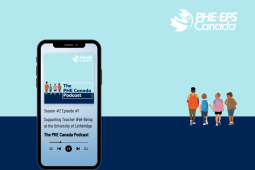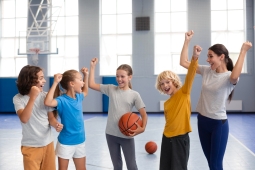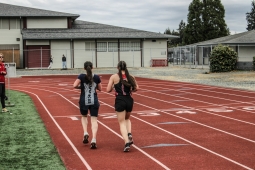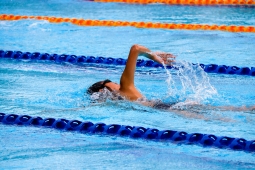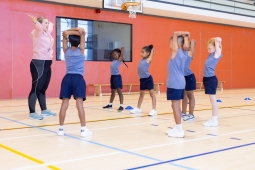Teacher to Teacher: Incorporating Mindfulness into PE Class
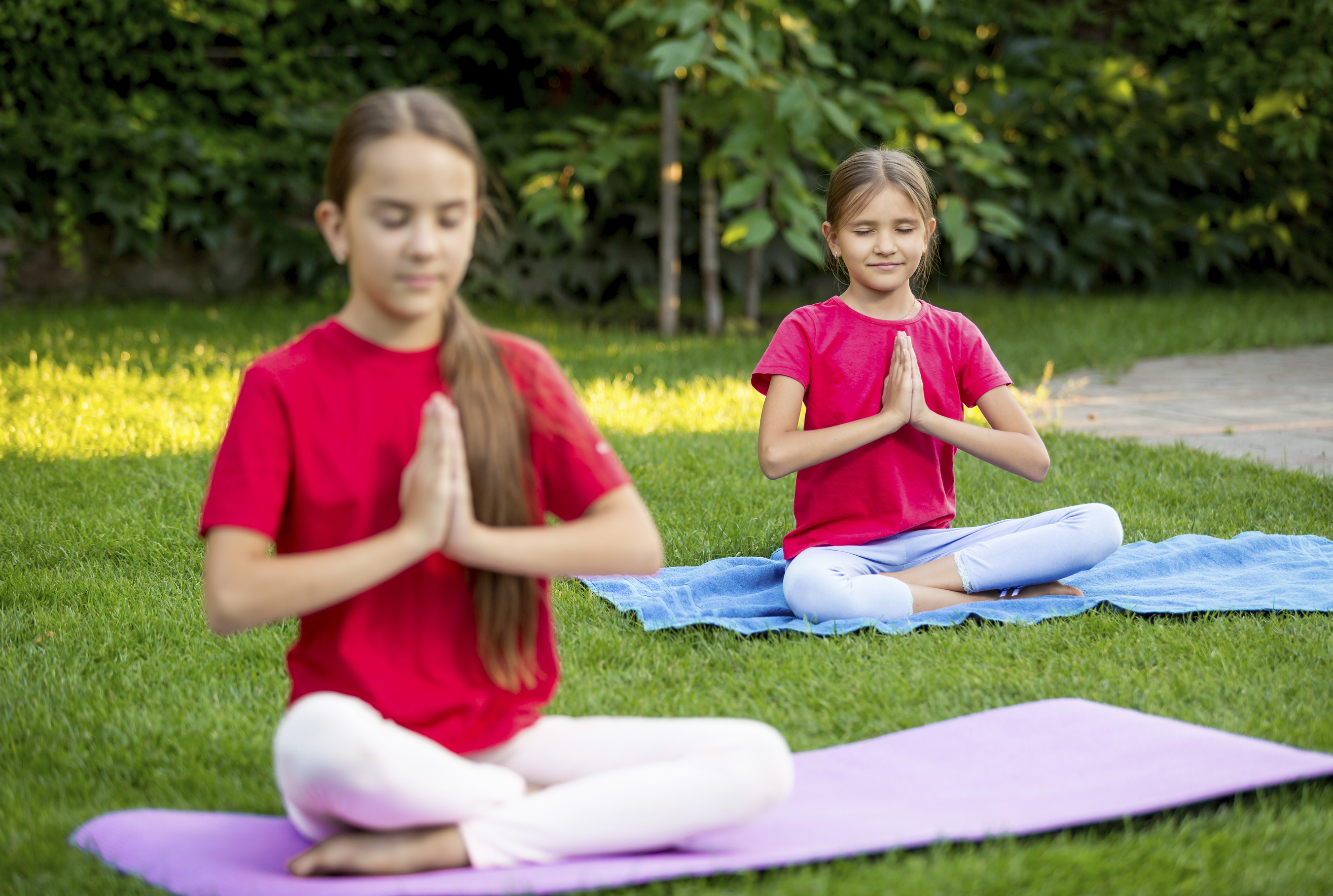
Previously published in Volume 84, Issue 1
Being a health and physical educator is rewarding. Your work has an impact on the lives of your colleagues, your students, their families and their communities.
It's also a career, like any, with challenges. We want our members to be able to connect and share how they handle the issues that come up in their classrooms and schools so we can all continue to learn and build our professional repertoires together.
In this section, we feature questions posed by teachers (by way of social media or email), and answers directly from their colleagues.
This issue's question: How can I incorporate more mindfulness into my PE class?
Great question! Helping support our students' mental health is on everyone's radar right now, and rightfully so. Mindfulness is a natural fit for physical and health education, and can offer significant benefits for students' wellness.
I would suggest you check out teachresiliency.ca for some great ideas. When you enter "mindfulness" or "meditation" into the search bar, several suggestions come up for resources you could use in class.
- Smiling Mind: A mindfulness meditation tool that addresses mental health and wellness issues. Designed for all age groups.
- Personal Resiliency: This School Mental Health Assist is quick-tip sheet outlining the basics of self-care.
- Belly Breathe with Elmo: Colbie Callait and ELmo sing a song called "Belly Breathe" which can be used as a tool to introduce emotion regulation and breathing exercises.
- Social and Emotional Learning Resource Finder: A one-stop site for anyone who works with children and youth to help with fostering social-emtional learning and mental wellbeing.
I hope you and your students enjoy it!



